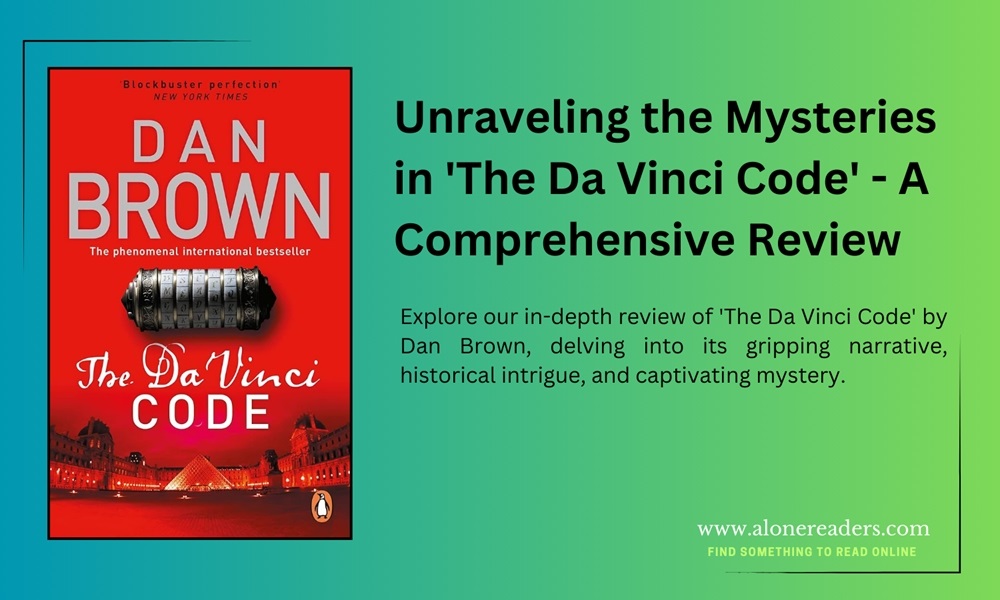
In the realm of modern literature, few books have sparked as much debate and intrigue as Dan Brown's 2003 thriller, "The Da Vinci Code." This novel is not just a mere page-turner; it's a rollercoaster ride through history, art, and secret societies, challenging the reader's perception of familiar historical and religious facts.
The narrative is centered around Robert Langdon, a Harvard symbologist, who finds himself entangled in a mysterious murder at the Louvre Museum. The victim, a curator of the museum, leaves behind a trail of symbols and codes, which Langdon, along with cryptologist Sophie Neveu, must decipher. As they delve deeper into the investigation, they uncover a historical puzzle that could shake the foundations of Christianity. The book weaves together fact and fiction, leaving the reader pondering which parts of its rich tapestry are historical truth and which are the product of Brown's imagination.
One of the most compelling aspects of "The Da Vinci Code" is its use of real historical artifacts and locations. From Leonardo da Vinci's paintings to the layout of the streets of Paris, Brown's meticulous attention to detail is admirable. He seamlessly blends these elements with fiction, creating a world that feels authentic and immersive. The novel's exploration of the Priory of Sion and Opus Dei adds an additional layer of mystery and controversy, drawing the reader into a clandestine world where nothing is as it seems.
Brown's writing style is straightforward yet captivating. He employs short chapters and cliffhangers, a technique that keeps the narrative pace brisk and the reader constantly engaged. However, this style also has its drawbacks. Critics argue that the writing can be overly simplistic, and the characters sometimes lack depth. Langdon and Neveu, while interesting in their pursuits, often come across as vehicles for the plot rather than fully fleshed-out individuals.
The thematic elements of "The Da Vinci Code" are where it truly shines. The novel raises questions about the role of women in the church, the interpretation of history, and the power of secrets and symbols. Brown does not shy away from controversial topics, such as the suggestion of a romantic relationship between Jesus Christ and Mary Magdalene. These themes have sparked widespread discussion and debate, contributing to the book's popularity but also attracting criticism from religious groups.
Controversy aside, "The Da Vinci Code" is an exemplary model of a historical thriller. Brown has done his research, and his depiction of historical and religious themes is both thought-provoking and entertaining. The book encourages readers to look at history and religion from different perspectives and invites them to question accepted truths.
However, the novel's reliance on conspiracy theories and speculative history can be a double-edged sword. While it adds to the book's allure, it also leads to oversimplifications and factual inaccuracies. Readers with a background in history or theology might find certain interpretations and conclusions in the book problematic.
In conclusion, "The Da Vinci Code" is a captivating and controversial novel that offers a unique blend of history, art, and mystery. Dan Brown's ability to blur the lines between fact and fiction is both its greatest strength and its most significant point of contention. Whether you're a fan of thrillers, interested in history and religion, or just looking for a compelling read, "The Da Vinci Code" will not disappoint. It's a book that will keep you thinking long after you've turned the last page, and its impact on popular culture is undeniable.